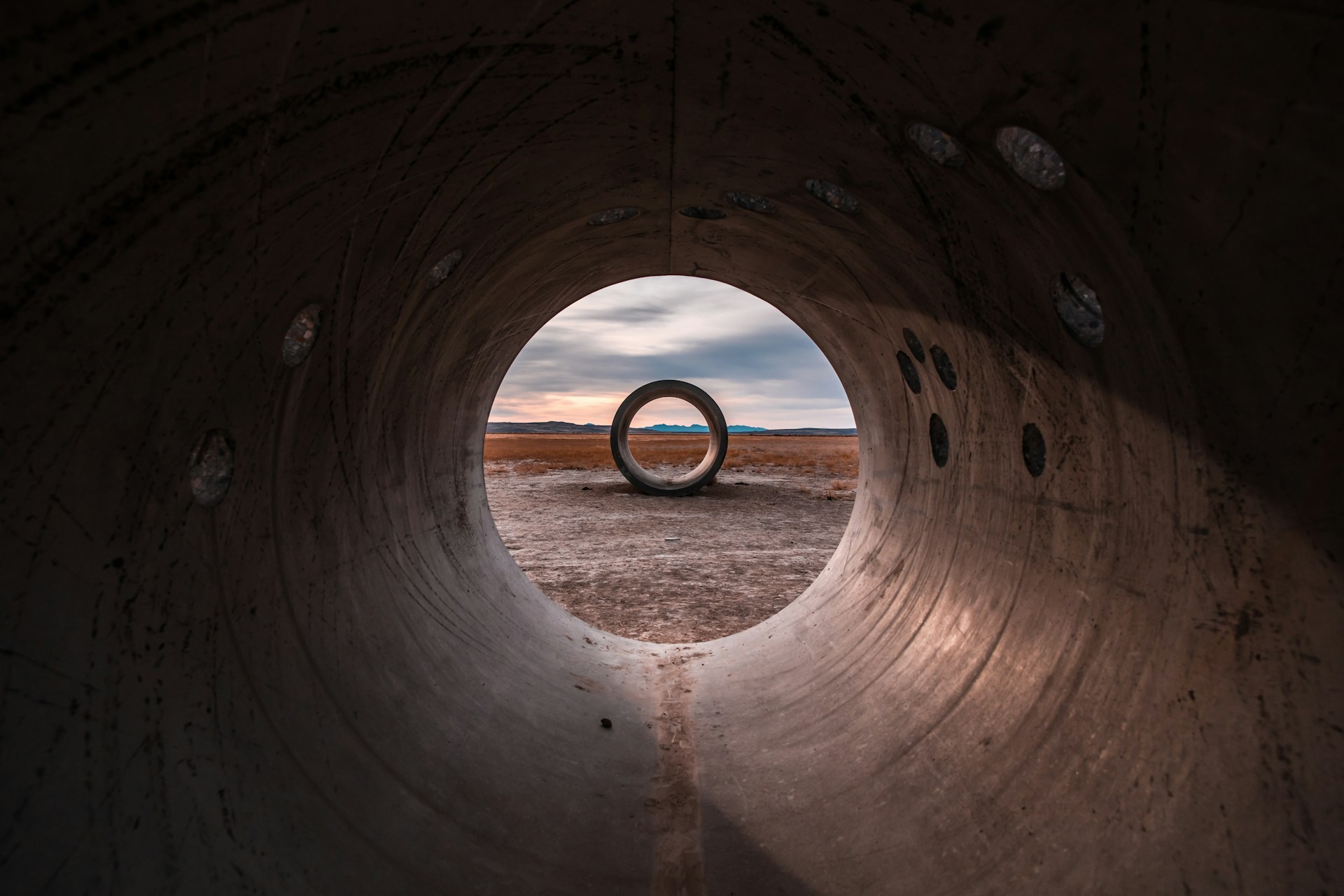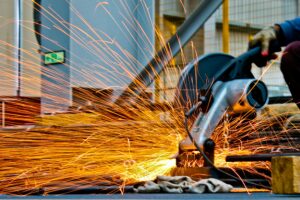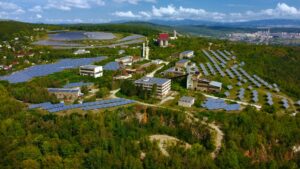Read the policy paper “Industrial transformation policies: the cement industry”
Due to its importance from an economic standpoint (15% of GDP) as well as in terms of emissions produced (22% of the national total), it’s paramount that Italy’s manufacturing sector is able to embark on a development path towards decarbonisation and the regulatory and planning framework should facilitate this change.
There currently exists a strategic opportunity for setting the country’s future industrial development within the context of reducing greenhouse gas emissions.
An industrial transformation requires policies that are specifically formulated for each sector, including those non-energy intensive as well as SMEs, and which are designed to bring about positive change both in the short term (2030) and in the long term (2050) for the country’s entire industrial ecosystem and its particular characteristics.
To this end, this paper takes an in-depth look at Italy’s cement production sector and provides a structured analysis of the measures and policies that are currently being employed within the sector.
Despite a 60.7% decline in production volumes since 2006, Italy is still the second largest producer of cement in the European Union, after Germany. Italy is also a major consumer of cement and concrete. Italy’s imports of cement and clinker have significantly increased in recent years, mainly coming from non-EU Mediterranean countries such as Turkey, Tunisia and Algeria.
Despite the concentration processes that have taken place within the cement industry over the past ten years, the profit margins being generated by the country’s primary sector operators remain limited, especially when compared to the level of investments required to decarbonise the industry’s cement production processes.
Direct emissions stemming from Italy’s cement production account for 3% of national emissions and 15% of all manufacturing related emissions. Two-thirds of these direct emissions, result from the process of calcination. The other third originates from the combustion of mainly fossil fuels, particularly pet coke, during the clinker production phase.
Emissions of CO₂ have decreased significantly in the past 15 years (down 61%), but this is primarily due to a reduction in national cement production, which has fallen by a similar amount. Indeed, over recent years, the industry’s emission intensity has remained almost constant, approximately 0.7 tCO2/tcement[1].
In view of these complexities, it is necessary that any strategy to reduce direct emissions within the cement sector focusses on a variety of solutions that can be implemented over time. It is possible for a number of these to be implemented in the short term, such as using alternatives to pet coke and reducing the clinker-cement ratio, including by incentivising the use of recycled inert materials. The greatest difficulty remains reducing emissions resulting from the chemical process that transforms limestone into clinker, and no technological solutions are currently advanced enough to resolve this issue. Therefore, it is vital that a strategy is devised to finance, research and develop such solutions that are capable of tackling this problem by 2050.
Cement production companies will need to invest in the installation of Carbon Capture Usage and Storage (CCUS) facilities, so CapEx support policies are crucial, but so are those that will make it possible for companies to bear the operational management costs of facilities powered by alternative fuels. Furthermore, demand-side support policies need to be geared towards reducing the volumes of cement consumed and creating a market (both European and domestic) for low-emission or ‘green’ cement products.
Italy is still lagging behind in terms of formulating an industrial decarbonisation strategy for the cement sector, and even the National Energy and Climate Plan doesn’t provide for the matter to be addressed organically. Some measures need to be strengthened (such as the GPP criteria), and others could be set in motion.
For this reason, as we have seen for the steel sector, it is necessary to devise a set of coordinated industrial policies that are assigned varying priorities and executed accordingly. Supply-side support policies should tackle issues relating to the need to fund investment as well as the increased energy costs deriving from the use of natural gas (and electricity). Simultaneously, since the production of greener cements is more expensive, regulatory measures, incentive schemes and demand-side policies should be introduced to facilitate the development of a market that can provide a vehicle for its commercialisation.
In light of the complex regulatory framework that has been developed around energy and climate objectives, the following analysis proposes a simplified and aggregated policy framework that’s consistent with the country’s transition towards climate neutrality as well as an outline and assessment of the policies currently in place.
Read the policy paper
NOTES
[1] Federbeton sustainability reports.
Photo by Patrick Hendry








